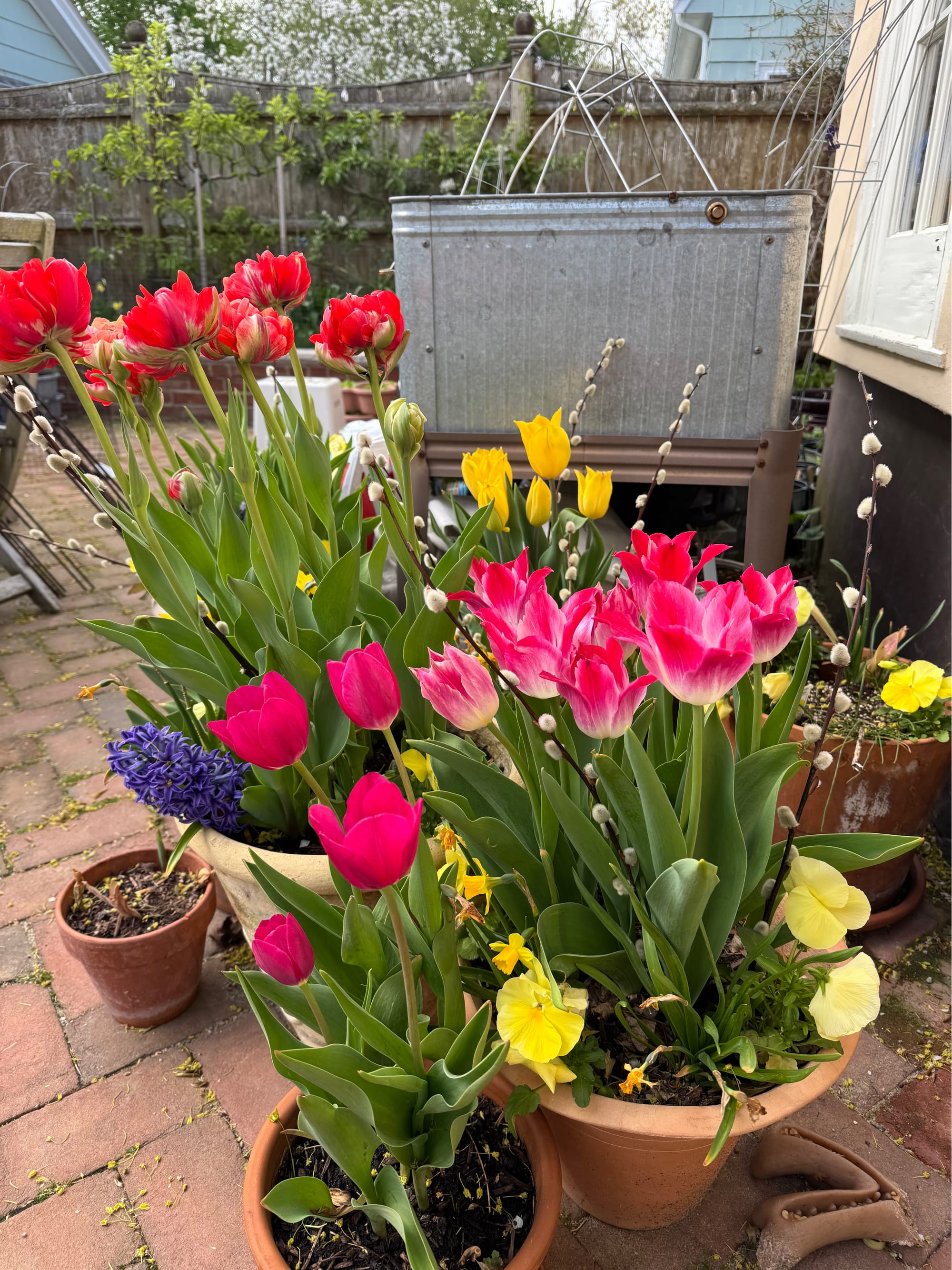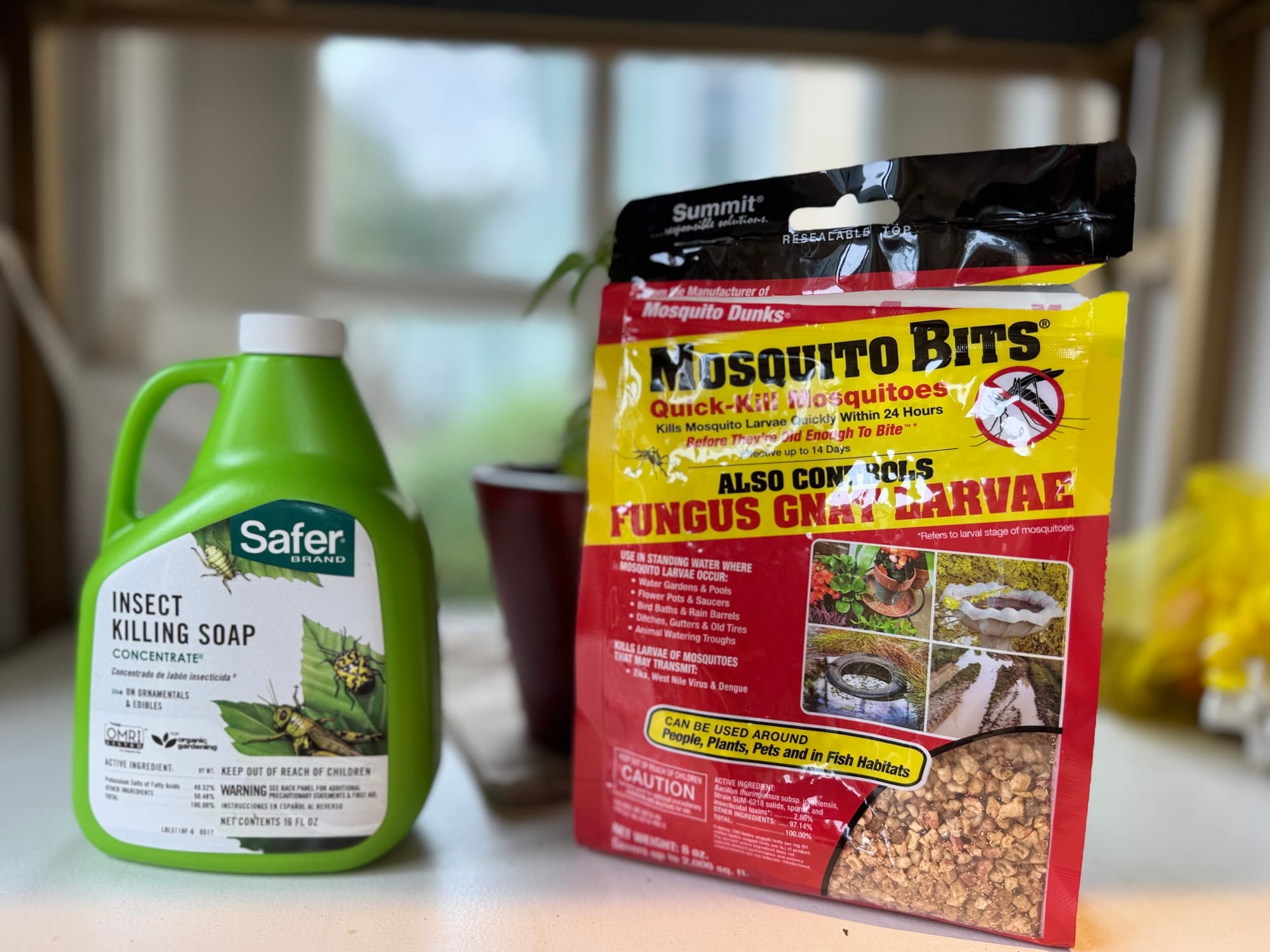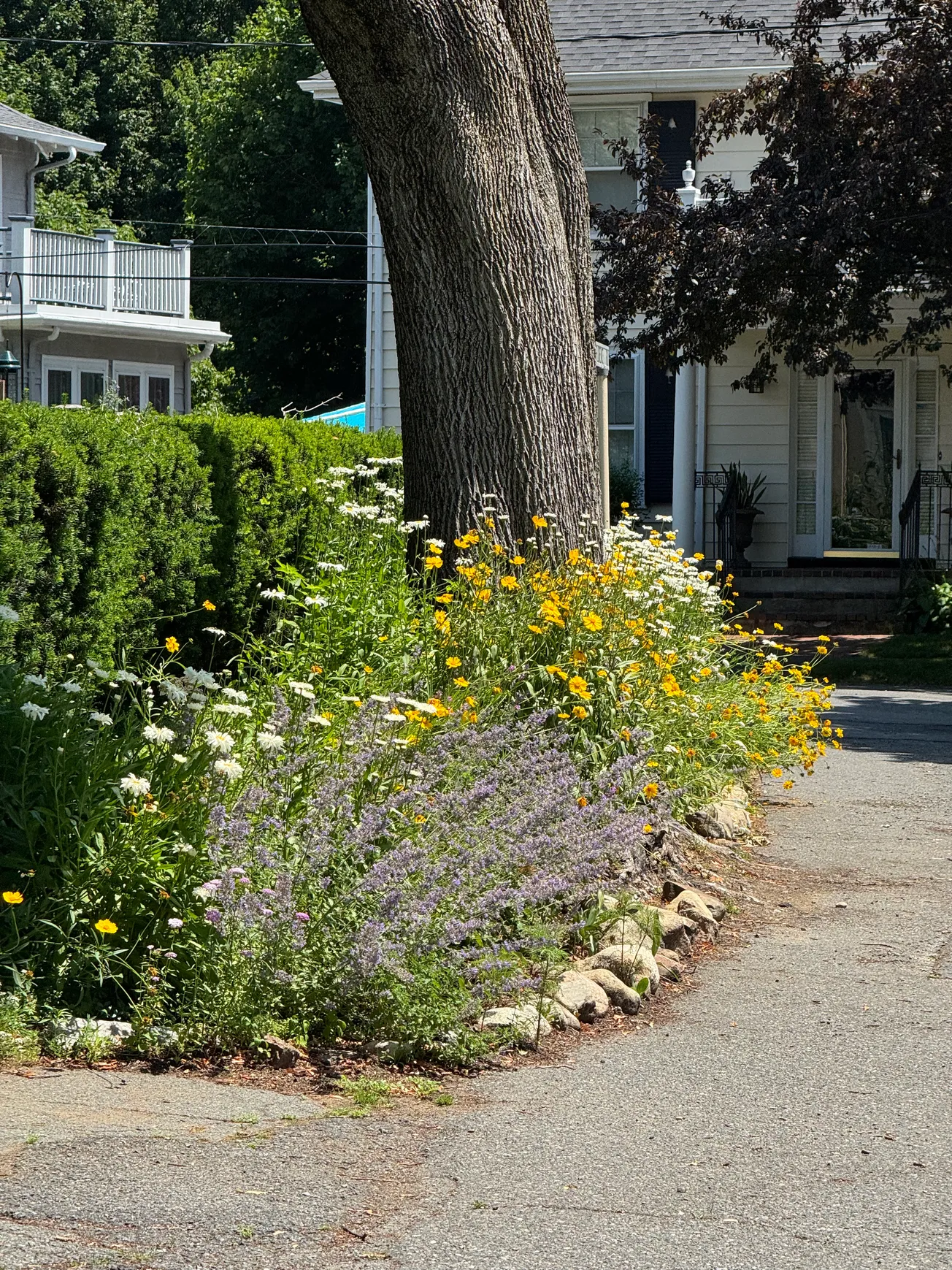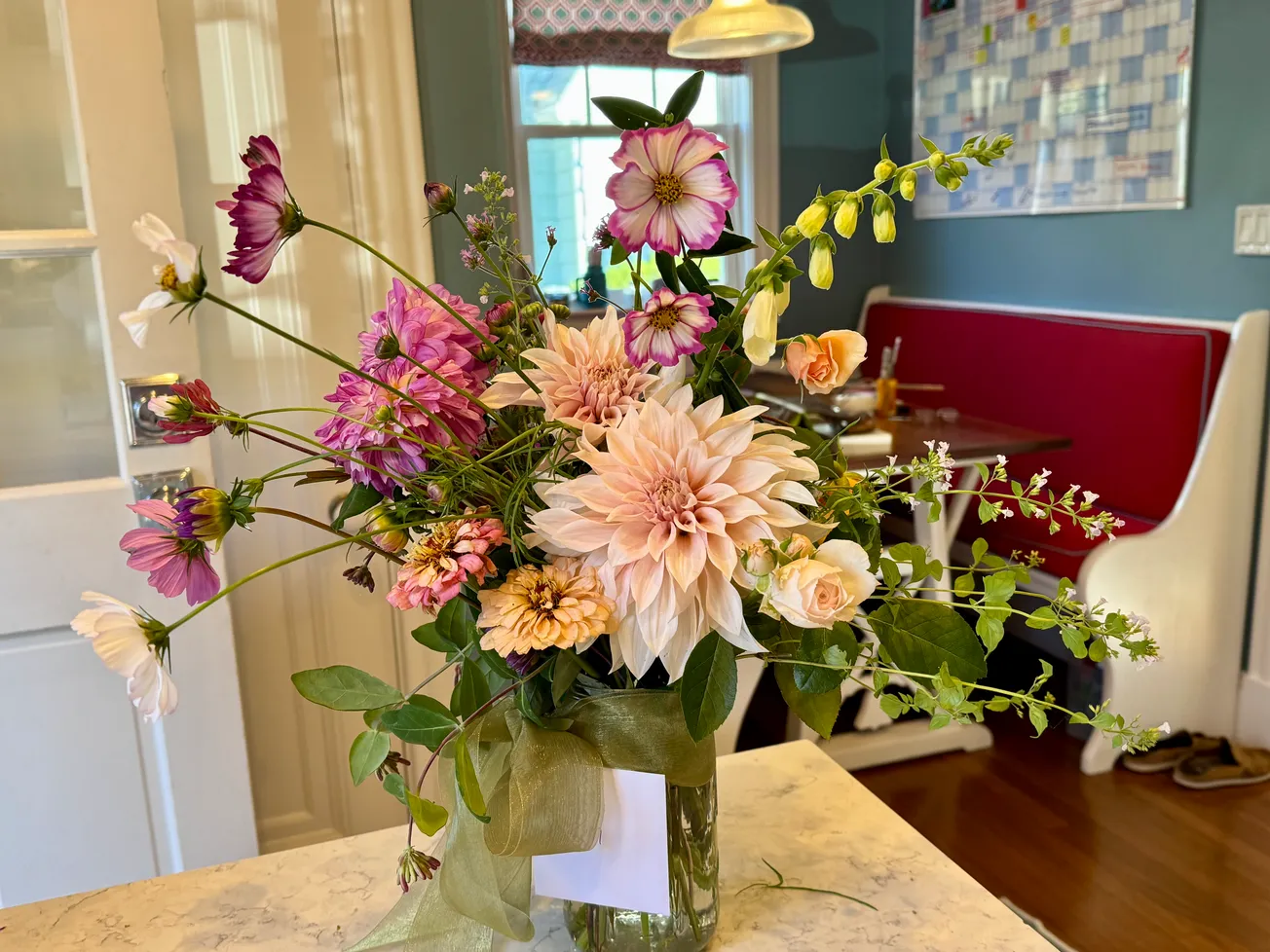Table of Contents
Well, that was a fun frost last week followed by a nor’easter. I dutifully dragged my heavy pots into my garage in the dark of night just to protect my jasmines and citrus trees. Some of my friends use sheets to cover precious dahlias. The next morning, everything turned out OK. But boy, did it get our hearts pumping and kick-start the fall phase of gardening. So, here we go.

That means bringing plants back into the house, but bugs are a real and yucky problem.s A week before I move the plants inside, I follow this regimen. It is easiest to stage all your houseplants together in one corner of your driveway or yard before you start this process. While this annoys my family, I use my garage. It is just so easy to open and close that door.
First, I wash down plants with a hose (it helps to remember to do this before my outside water gets shut off) and let them dry out. Second, I spray with my preferred insect killer. Yes, I said it, no more nice guy. Right now I am trying one called Safer Insect Guard Soap because, while the name does sound innocuous, it works. The staging helps here because you can easily spray everything at once while walking around. Third, use a soil product like Mosquito Bits because the creepy crawlers are hiding deep down in the soil as you read this article. I prefer to add the bits into my watering can and water them in. Neither of the two products I mentioned will harm your edible citrus if used as directed. This is a multiday process, as you will want to repeat these steps at least two or three times. You still have time to complete these jobs, but this is much easier when the sun is out. Get the pots clean on the bottom too—fun.

You can still plant some things as well. Try planting garlic—be sure to get the organic type, so you know it grows. I also like to sow flower seeds when it gets colder. Lupines are my new favorite. Wildflower seeds and native seeds often need a cold period to germinate. I like planting these in the strip of land the town owns in front of my house. I lovingly refer to it as the “hell strip.”

Before the ground freezes hard, you can still dig up and divide plants while the soil is warm and soft. But do this now. This makes lots of free baby plants to fill in your borders. Perennials are also 50% off at most garden centers. While they don’t look like much now, these are tough plants that will give you years of enjoyment.
It is also pruning time for any shrub that stays green all winter, like holly, boxwood or yew hedges. Just try to make them tidy. I like to leave any red berries for the birds. Water these same evergreens deeply. This sounds silly after the rain, but did you see all those dead arborvitaes last spring? The roots are thirsty for one more drink.
Make time to plant spring bulbs like daffodils and tulips in the ground. You will be so happy to see them sprout in March. After you cover them up, sprinkle the tulips with cayenne pepper or any spice you have sitting around. It will discourage the squirrels and chipmunks from digging them up.
OK, now that you have done all of the above, it is a good time to shut your outdoor water off.

ABOUT COLLEEN
Colleen has been playing in soil since her ditch days on Onondaga Hill, New York, where her parents taught her to plant and harvest vegetables on their 50-plus acres of farmland.
She is co-president of the Cottage Gardeners of Marblehead and Swampscott and helped run the club’s successful plant sale the past two years. Colleen also runs a subcommittee called D & D (dig and divide).
She is the mother of two young men — also known as root diggers and weed pullers — and adoring wife of the “amazing obelisk maker.”
Colleen likes to wear wellies year-round, eye other people’s gardens and stop at every garden center in New England. She obsesses over plants and insects and wishes she had paid more attention to science in school.






